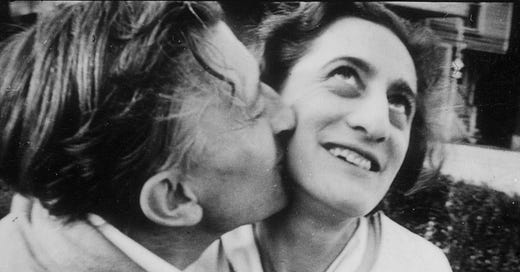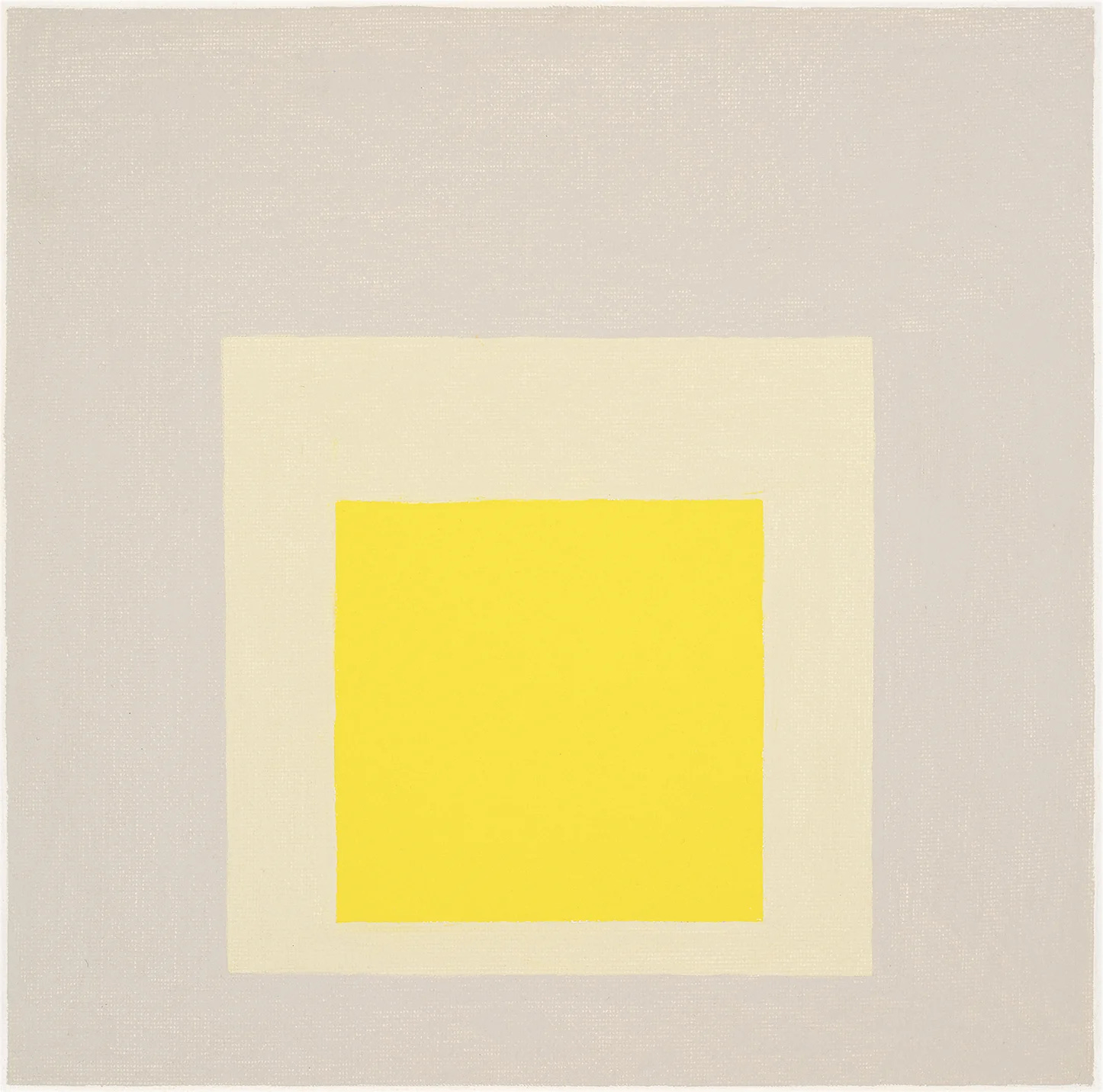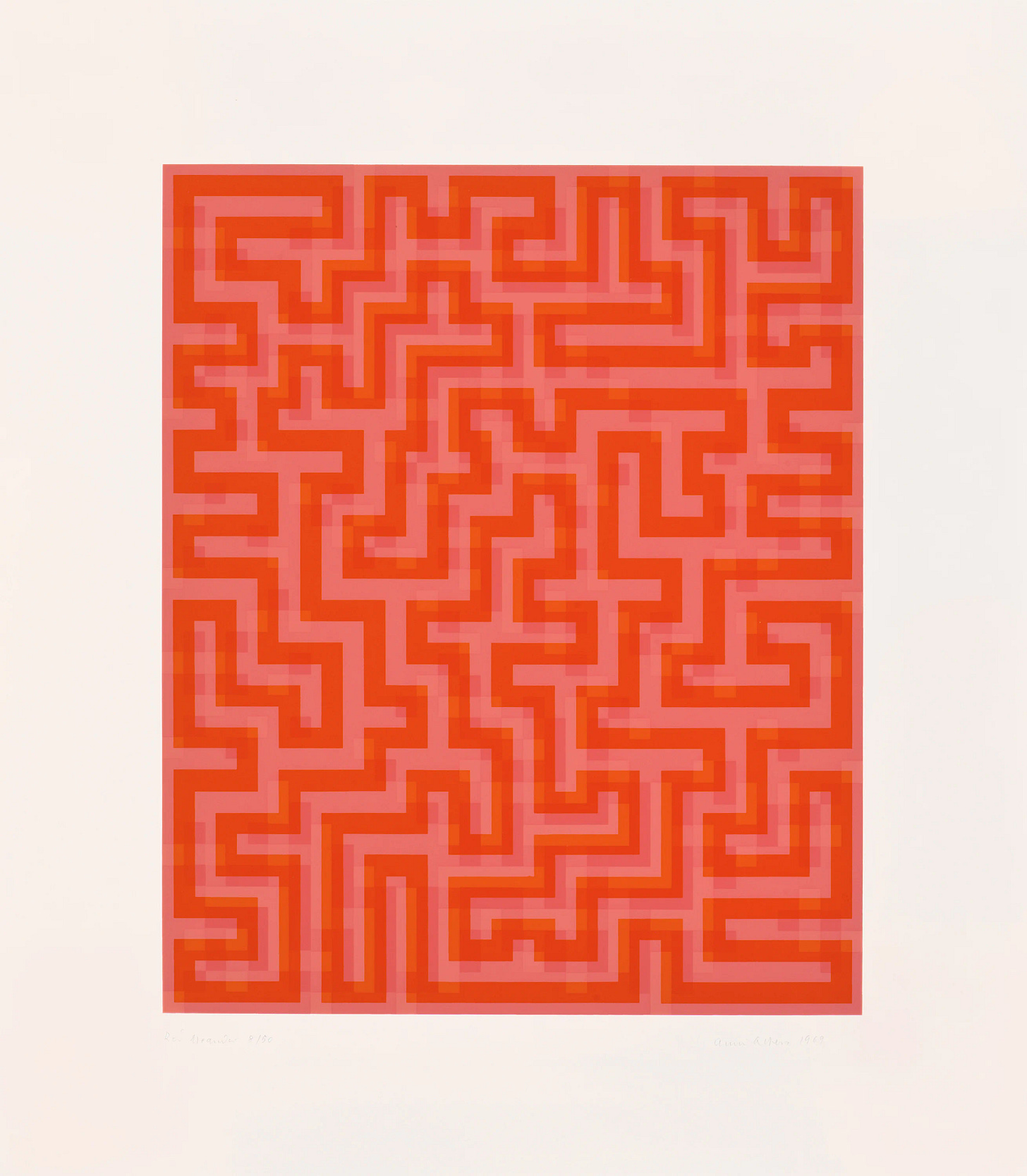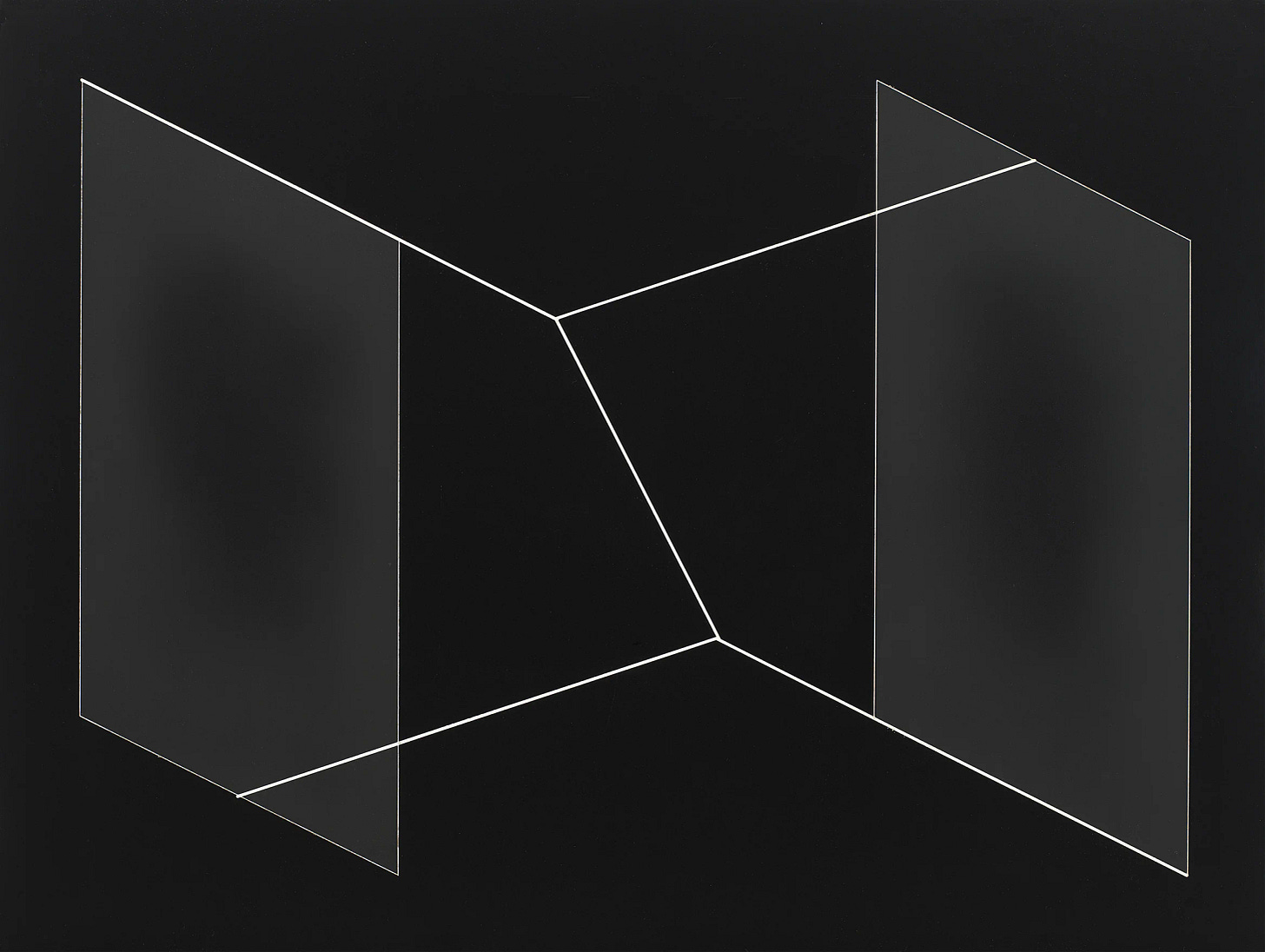Josef and Anni Albers stand as pivotal figures in the evolution of modern art and design, each contributing uniquely to their respective fields while also deeply influencing each other’s work. Their combined legacy spans across painting, textile design, teaching, and beyond, reflecting a shared commitment to experimentation, abstraction, and the integration of art and everyday life.
Josef Albers: Master of Color and Form
Josef Albers, born in 1888 in Bottrop, Germany, is best known for his work as an abstract painter and theorist, particularly through his seminal series Homage to the Square. Albers’ exploration of color theory and geometric abstraction began in earnest during his time at the Bauhaus, where he both studied and taught. The Bauhaus, a revolutionary school of art, design, and architecture, profoundly influenced Albers' approach, emphasizing the unity of art and craft.
Albers' Homage to the Square, begun in 1950, exemplifies his rigorous approach to color interaction. The series consists of hundreds of paintings, each composed of nested squares in varying hues and tones. Through these works, Albers meticulously explored how colors influence each other and how perception can be altered by juxtaposition. His use of precise geometry and repeated form underscores his belief that simplicity can yield profound complexity and depth.
Beyond his own creations, Josef Albers' influence extended through his teaching career, notably at Black Mountain College in North Carolina and later at Yale University. His teachings, encapsulated in his book "Interaction of Color" (1963), have become foundational texts for art students. Albers' emphasis on experiential learning and hands-on experimentation with materials remains a cornerstone of art education today.
Anni Albers: Innovator in Textile Arts
Anni Albers, born Annelise Fleischmann in Berlin in 1899, also found her artistic voice at the Bauhaus. Initially constrained by the school's gendered restrictions that steered women into the weaving workshop, Anni transformed this limitation into a profound strength. She revolutionized textile arts by treating weaving not merely as craft but as a form of artistic expression.
Her weavings blend traditional techniques with modernist principles, showcasing a keen understanding of form, color, and texture. Anni's work often featured intricate patterns and bold compositions that echoed the geometric abstraction seen in her husband's paintings. Her textiles, while functional, also stood alone as works of art, challenging the boundaries between fine art and applied art.
One of Anni Albers' most significant contributions was her exploration of the tactile and aesthetic potential of different materials. She experimented with unconventional materials such as cellophane, metallic threads, and jute, pushing the boundaries of what textiles could be. Her piece "Ancient Writing" (1936) exemplifies this, using woven patterns to evoke the look of ancient scripts, blending visual and tactile experiences.
Anni Albers' impact extended beyond her own work. Her writings, particularly "On Weaving" (1965), provide insights into her philosophy and approach to textile arts. Like Josef, Anni was a dedicated educator, teaching at Black Mountain College and later influencing generations of textile artists and designers through her publications and exhibitions.
Intersection of Their Works and Legacy
The collaboration and mutual influence between Josef and Anni Albers were profound. Their work shares a fundamental belief in the power of simplicity, the importance of material exploration, and the significance of teaching. Their respective explorations of color, form, and texture, although in different mediums, reflect a harmonious dialogue that enriched their individual practices.
The Albers' legacy is preserved through institutions like The Josef and Anni Albers Foundation, which continues to promote their work and philosophy. Their influence is evident in contemporary art and design, where the principles they championed—such as the interplay of form and color, the unity of art and craft, and the importance of education—remain vital
.Josef and Anni Albers were trailblazers whose work transcended the boundaries of their respective disciplines. Their shared commitment to experimentation, teaching, and the integration of art into everyday life has left an indelible mark on the world of modern art and design. Their legacy continues to inspire and educate future generations, ensuring that their contributions to the arts will endure.
Hi, thank you so much for reading. Sorry it may not be up to my usual standards, having to work on my phone to write as my laptop is dead!!Fancy buying me a coffee?That would be so awesome if you could and would help my work towards a new laptop.












i had the privilege of being surround by anni’s prints for many years as she was a patient of my (ex)father-in-law and she often gave him work for no other reason than her own generosity ~ what an extraordinary woman!
I don't much about art but it's always fascinating how a couple in the same field have their works in harmony